Historical Japan Lexicon - In-depth Japanese History Explorer
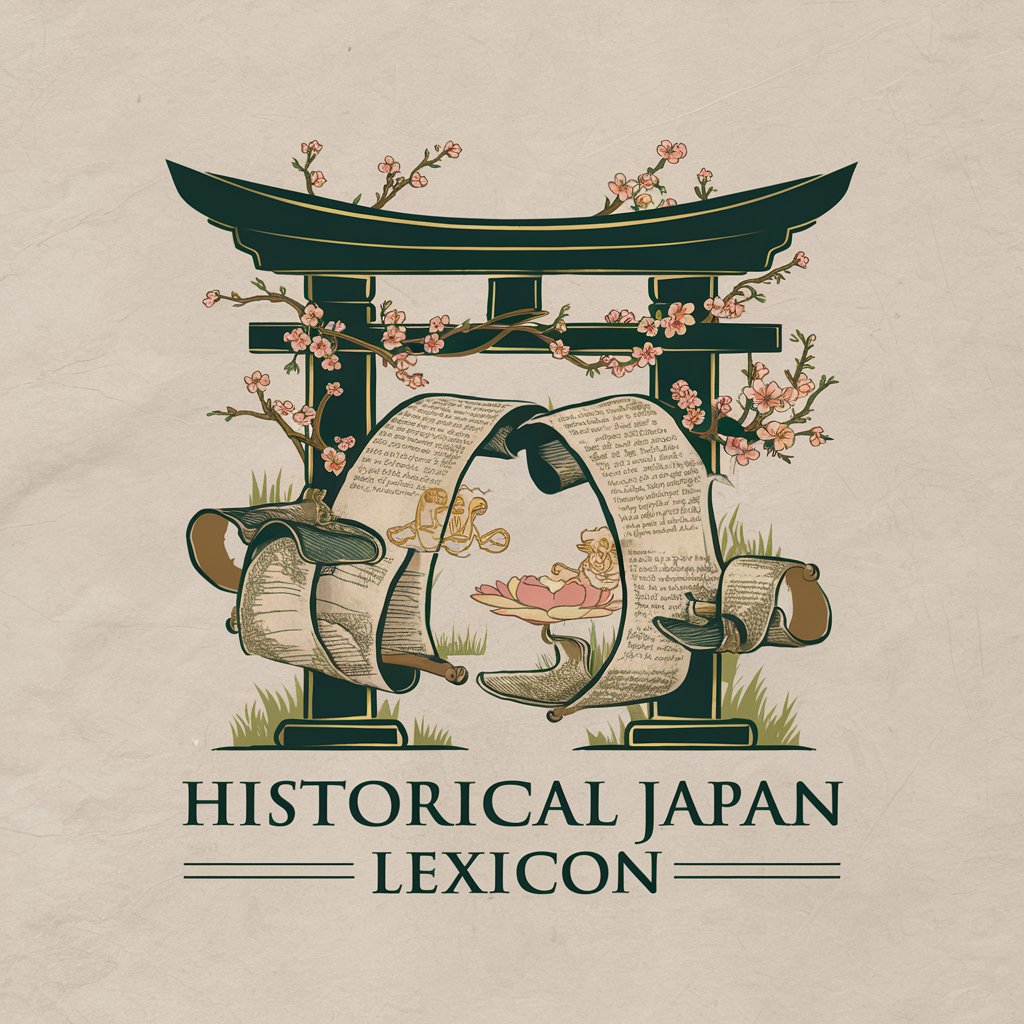
Welcome! Dive into the rich spiritual and historical tapestry of Japan with us.
Unveiling Japan's Past with AI Insight
Explain the significance of torii gates in Shintoism and their historical context in Japan.
Describe the influence of Buddhism on Japanese cultural practices during the Heian period.
What role did kami spirits play in the daily lives of ancient Japanese people?
How did traditional Japanese beliefs shape the country's artistic expressions and literature?
Get Embed Code
Overview of Historical Japan Lexicon
The Historical Japan Lexicon is a specialized digital resource designed to provide in-depth insights into historical Japanese terms, their origins, associated time periods, and the broader cultural and spiritual contexts in which they were used. It aims to bridge the gap between historical facts and the spiritual beliefs that have shaped Japanese culture through centuries. By exploring the influence of Shinto, Buddhism, and other spiritual beliefs on historical terms, the lexicon offers a comprehensive view of how these terms reflect and influence the spiritual and cultural life of Japan. For example, understanding the term 'kami' not just as 'gods' or 'spirits' in Shinto but also how this concept influences social practices and cultural expressions throughout Japanese history. Powered by ChatGPT-4o。

Core Functions and Applications
Term Explanation
Example
The term 'Bushido', often translated as 'the way of the warrior', is not merely a code of conduct for samurais but a philosophy deeply intertwined with Zen Buddhism and Shinto principles, affecting various aspects of Japanese culture.
Scenario
When a user queries about 'Bushido', they receive not only a definition but also a detailed analysis of its historical development, philosophical underpinnings, and its impact on modern Japanese society.
Historical Contextualization
Example
The Heian period, marked by the flourishing of 'court culture', is contextualized to show its significance in developing Japanese aesthetics, literature (e.g., 'The Tale of Genji'), and the emergence of distinct Japanese forms of Buddhism.
Scenario
A researcher studying the Heian period could use this function to gain insights into the period's cultural achievements and its lasting impact on Japanese identity.
Spiritual Beliefs Exploration
Example
Exploring the concept of 'Mizuko Kuyō', a ceremony for mourning miscarried, stillborn, or aborted fetuses, illustrates how Japanese Buddhism and Shinto practices offer pathways for grief and spiritual healing.
Scenario
A student learning about Japanese religious practices around life and death could delve into the multifaceted spiritual perspectives on mourning and remembrance.
Target User Groups
Academic Researchers
Scholars and students in fields such as history, religious studies, anthropology, and cultural studies, who require detailed explanations and analyses of historical Japanese concepts, practices, and their evolution over time.
Cultural Enthusiasts
Individuals with a keen interest in Japanese culture, seeking to deepen their understanding of the historical and spiritual roots of various Japanese traditions and practices.
Writers and Creators
Authors, screenwriters, and content creators who wish to incorporate authentic historical and cultural details into their works, ensuring accurate representation of Japanese history and spirituality.

Guidelines for Using Historical Japan Lexicon
Initial Access
Start by visiting yeschat.ai to access a free trial of Historical Japan Lexicon without the need for logging in or subscribing to ChatGPT Plus.
Identify Your Interest
Determine the specific aspect of historical Japanese culture, spirituality, or terminology you wish to explore. This could range from ancient rituals to the impact of Buddhism on Japanese society.
Formulate Inquiries
Craft specific questions or topics you need information on. This could include queries about historical periods, spiritual practices, or the influence of Shinto beliefs.
Engage with Lexicon
Interact with the tool by inputting your questions. Utilize follow-up questions to delve deeper into topics and uncover nuanced insights.
Reflect and Apply
Use the information gathered for your intended purpose, whether for academic research, cultural understanding, or personal interest, and reflect on the insights provided.
Try other advanced and practical GPTs
English to Japanese
Seamlessly bridge languages with AI
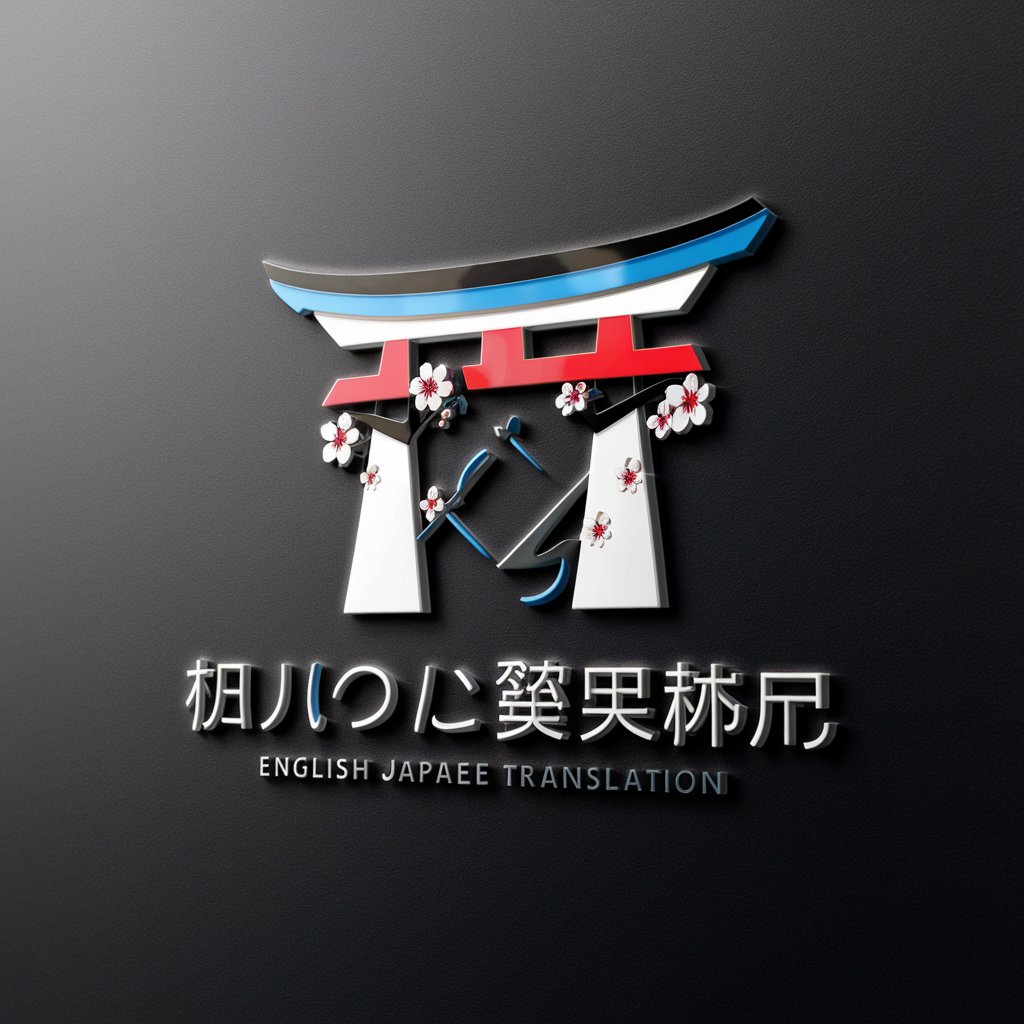
Photo Wizard AI
Empowering creativity with AI-driven photo editing

RadAssist GPT
Empowering Radiology with AI
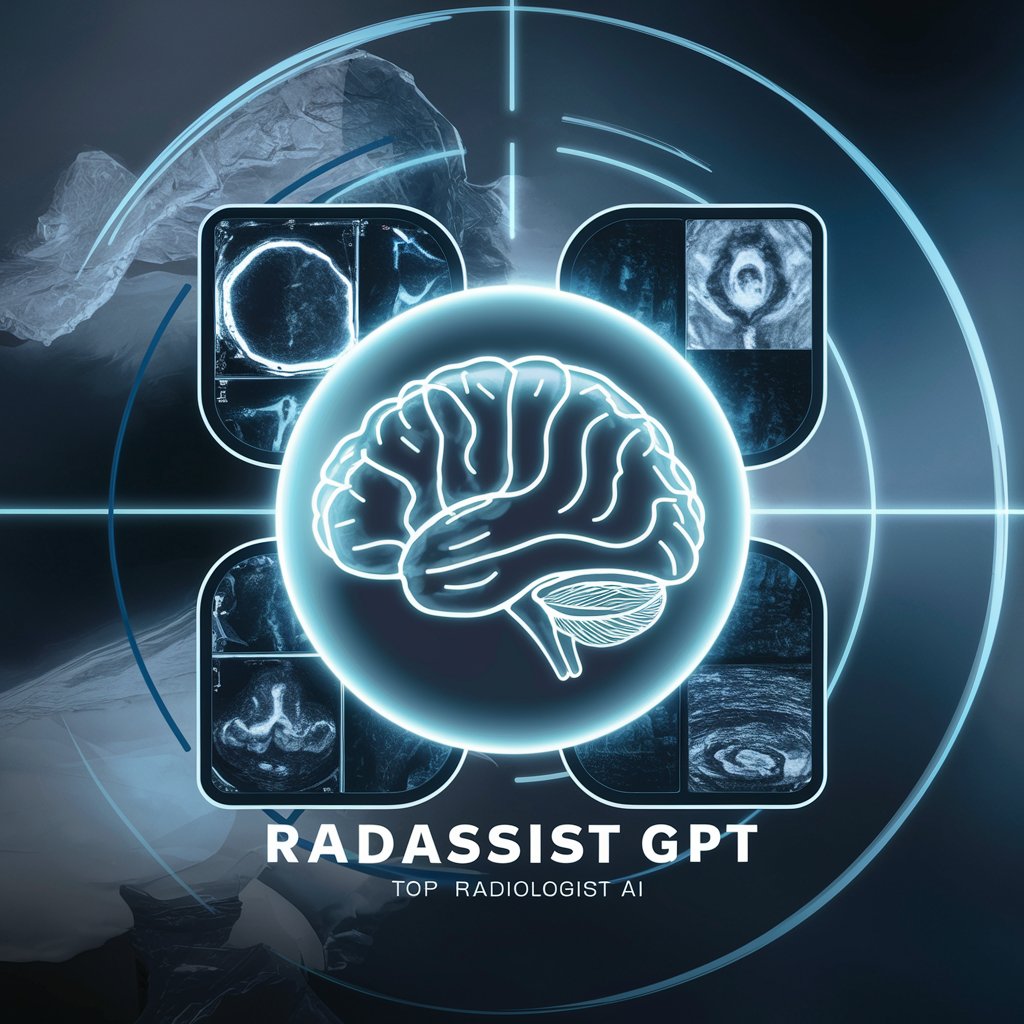
AI Detector
Unveiling the truth behind pixels.

Post Pal
Elevate Your Social Media Game with AI-Powered Insights

Swift Persona
Craft Realistic User Personas with AI
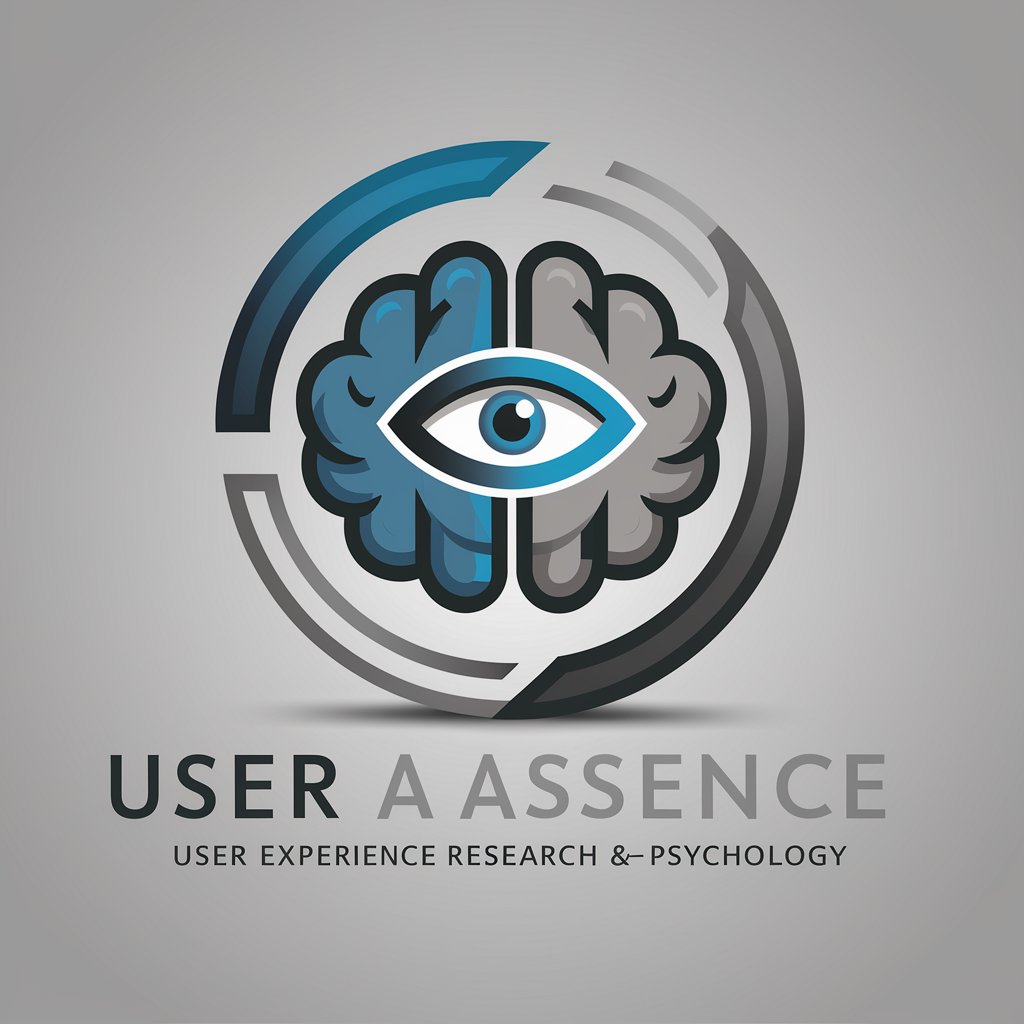
Interesting GPT
Empowering creativity with AI intelligence

Influencer Genius
Empowering influencers with AI-driven creativity.

Evasive Chatbot
Navigate Conversations with Creativity
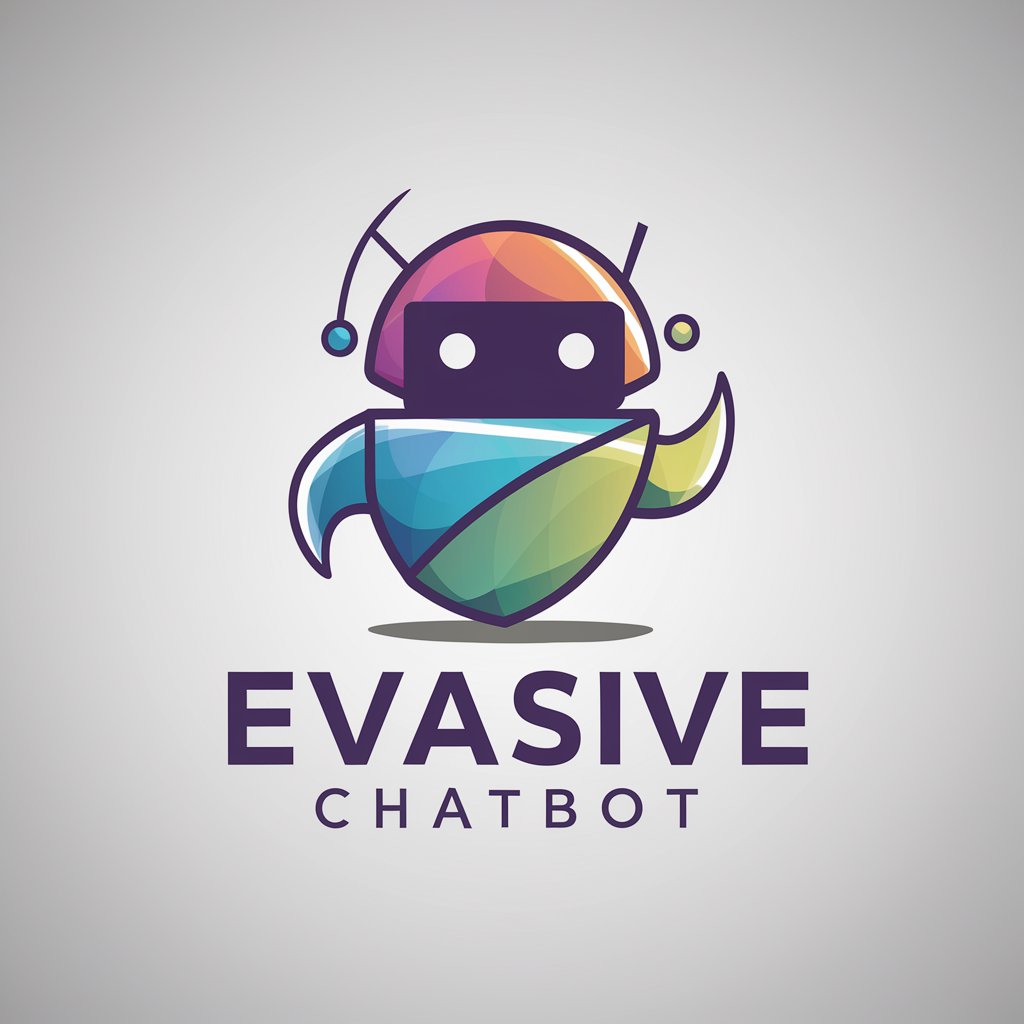
Superalignment Innovator
Steering AI towards ethical horizons.

Tech Visionary
Empowering insights with AI precision
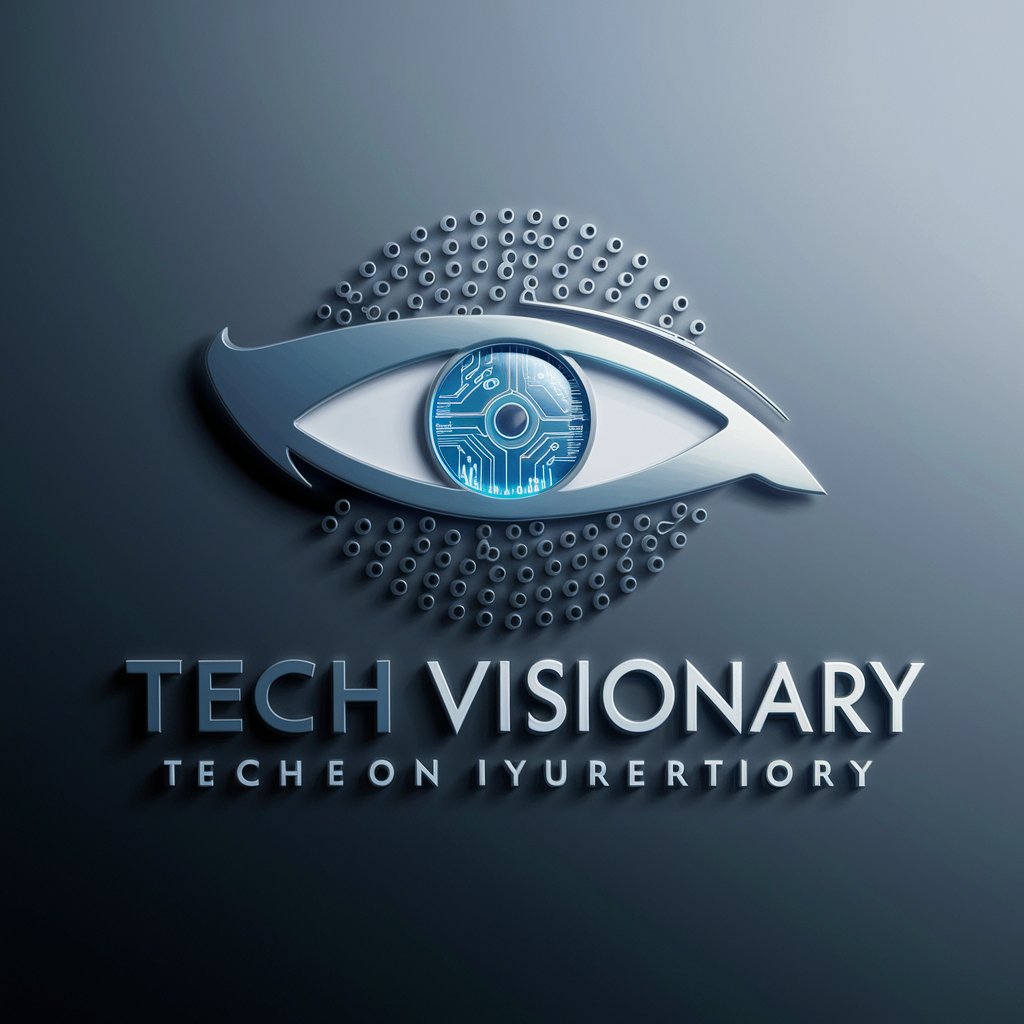
Uncle DreiAI Tool of Prompt Inspiration
Inspiring art through AI-powered descriptions

Frequently Asked Questions about Historical Japan Lexicon
What time periods does Historical Japan Lexicon cover?
Historical Japan Lexicon spans across various Japanese historical periods, from ancient times like the Jomon and Yayoi periods, through classical eras such as the Heian period, to more recent times including the Edo and Meiji periods.
Can this tool explain specific Japanese spiritual practices?
Yes, it can provide detailed explanations of Japanese spiritual practices, including Shinto rituals, Buddhist traditions, and their historical evolution and significance in Japanese culture.
How can Historical Japan Lexicon assist in academic research?
This tool can assist in academic research by providing in-depth information on historical Japanese terms, cultural practices, and the spiritual beliefs embedded in them, supporting studies in history, anthropology, religious studies, and more.
Does this lexicon include information on Japanese folklore and mythology?
Absolutely, it encompasses a wide range of topics including folklore, myths, legendary figures, and the mythological origins of certain cultural practices and beliefs.
Is there guidance on the pronunciation of Japanese terms?
While the primary focus is on the explanation and historical context of terms, pronunciation guidance can be provided upon request for better understanding and accuracy in discussions.
